Hol Dir den wöchentlichen SPARTANAT-Newsletter.
Dein Bonus: das gratis E-Book von SPARTANAT.
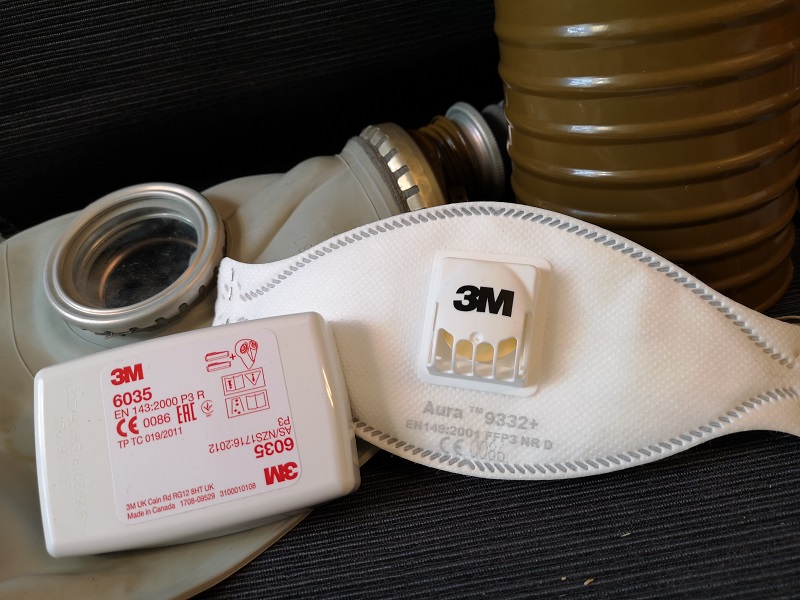
BASICS: Partikelfilterklassen
In Zeiten von Pandemien sind Schutzmasken schnell ausverkauft. Das Coronavirus könnte zu so etwas werden.
In Zeiten von Pandemien sind Schutzmasken schnell ausverkauft. Corona könnte sowas werden. Immer sehr beliebt sind die OP-Mundschutze, obwohl die eigentlich nur verhindern, dass ihr andere nicht durch Tröpfcheninfektion ansteckt, euch selbst bieten sie aber keinen Schutz vor Ansteckung. Für einen ernstzunehmenden Schutz braucht ihr Partikelfilter. Diese gibt es in zwei Arten, als (Einweg-) Atemschutzmaske oder als Filteraufsätze für Halb- und Vollmasken. Gasfilter (ABEK usw.) schützen euch im Regelfall nicht vor Viren und anderen Partikeln. Zuerst zu den Atemschutzmasken:
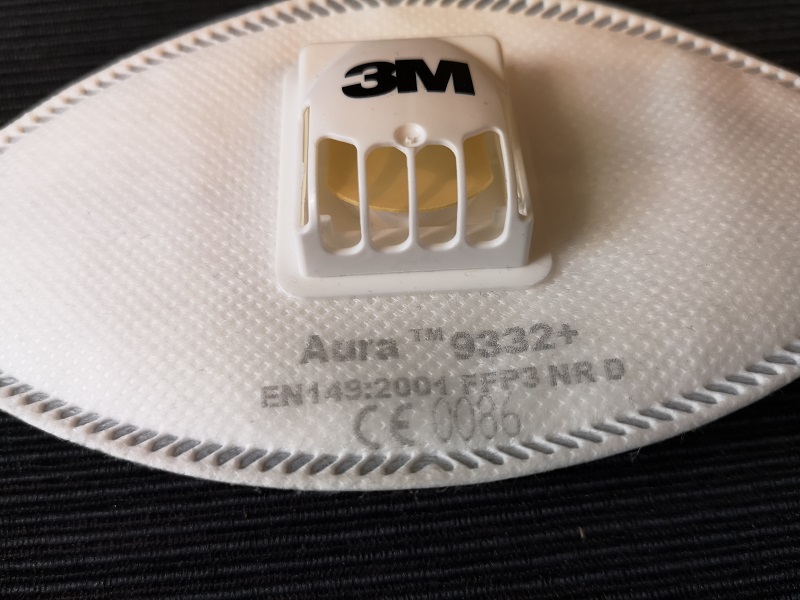 Diese werden in Europa nach der Norm EN 149 klassifiziert und unterteilen die Filtermasken in drei Kategorien, FFP1 bis FFP3. Ab der Stufe FFP2 habt ihr einen Schutz vor festen und vor flüssigen Aerosolen. Wir haben euch die Filterleistung der Schutzstufen und deren Einschränkungen in tabellarischer Form dargestellt:
Diese werden in Europa nach der Norm EN 149 klassifiziert und unterteilen die Filtermasken in drei Kategorien, FFP1 bis FFP3. Ab der Stufe FFP2 habt ihr einen Schutz vor festen und vor flüssigen Aerosolen. Wir haben euch die Filterleistung der Schutzstufen und deren Einschränkungen in tabellarischer Form dargestellt:
| Klasse | Filterleistung von Partikeln (@ 95 L/min Luftstrom) | Einschränkungen |
|---|---|---|
| FFP1 | Filtert mindestens 80% der Partikel | nicht gegen Partikel krebserzeugender und radioaktiver Stoffe sowie luftgetragene biologische Arbeitsstoffe der Risikogruppen 2 und 3 und Enzyme |
| FFP2 | Filtert mindestens 94% der Partikel | nicht gegen Partikel radioaktiver Stoffe und luftgetragene biologische Arbeitsstoffe der Risikogruppe 3 und Enzyme |
| FFP3 | Filtert mindestens 99% der Partikel |
Im Umgang mit krebserregenden oder radioaktiven Stoffen und Krankheitserregern wie Viren, Bakterien und Pilzsporen wird der Einsatz einer FFP3 Maske empfohlen. Hier gibt es am Markt unzählige Produkte. Der Vorteil dieser Masken ist, dass sie sehr leicht und simpel in der Anwendung sind.
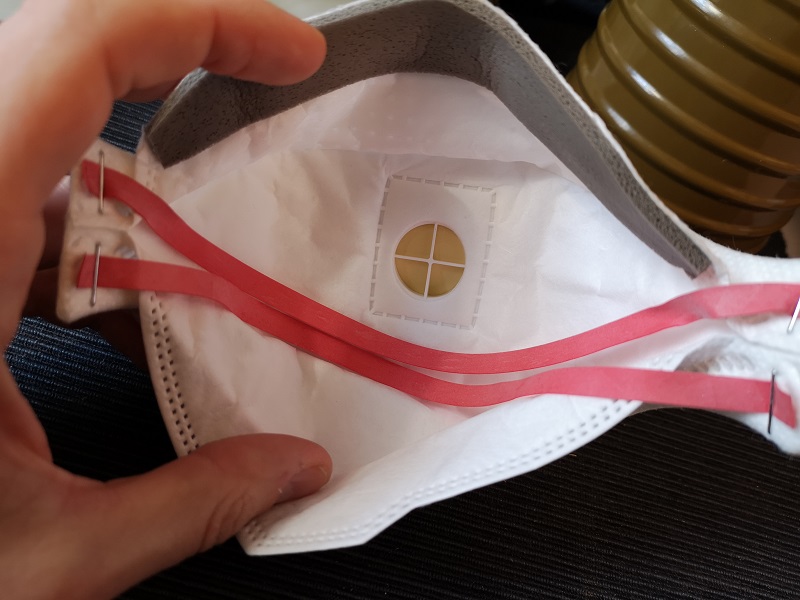 Jetzt gibt es aber für diese Filterklassen noch Zusätzbezeichnungen in der Form von R und NR. Das hinten angestellte „R“ steht für Reuseable, also Wiederverwenbar, das „NR“ für Non Reuseable, also nicht wiederverwendbar. Die Masken mit NR können somit nicht wiederverwendet werden. Die Filterleistung kann nach dem längeneren Gebrauch nicht mehr garantiert werden.
Jetzt gibt es aber für diese Filterklassen noch Zusätzbezeichnungen in der Form von R und NR. Das hinten angestellte „R“ steht für Reuseable, also Wiederverwenbar, das „NR“ für Non Reuseable, also nicht wiederverwendbar. Die Masken mit NR können somit nicht wiederverwendet werden. Die Filterleistung kann nach dem längeneren Gebrauch nicht mehr garantiert werden.
 Die Auswechselbaren Filterkartuschen für Halb- und Vollmasken werden nach der Norm EN 143 klassifiziert und unterteilen sich auch in drei Stufen: P1 bis P3. Ab der Stufe P2 habt ihr einen Schutz vor festen und vor flüssigen Aerosolen. Auch hier haben wir wieder eine Tabelle für euch.
Die Auswechselbaren Filterkartuschen für Halb- und Vollmasken werden nach der Norm EN 143 klassifiziert und unterteilen sich auch in drei Stufen: P1 bis P3. Ab der Stufe P2 habt ihr einen Schutz vor festen und vor flüssigen Aerosolen. Auch hier haben wir wieder eine Tabelle für euch.
| Klasse | Filterleistung von Partikeln (@ 95 L/min Luftstrom) |
|---|---|
| P1 | Filtert mindestens 80% der Partikel |
| P2 | Filtert mindestens 94% der Partikel |
| P3 | Filtert mindestens 99,95% der Partikel |
Grob gesagt, filtert die Klasse P3 am Papier somit etwas besser als die Atemschutzklasse FFP3. Es kommt natürlich darauf an, wie dicht die Maske mit eurem Gesicht abschließt.
 Auch hier gibt es für die Filterklassen noch eine Zusatzbezeichnungen in der Form von R. Das hinten angestellte „R“ steht für Reuseable, also Wiederverwenbar. Diese Filter können somit mehrfach werden.
Auch hier gibt es für die Filterklassen noch eine Zusatzbezeichnungen in der Form von R. Das hinten angestellte „R“ steht für Reuseable, also Wiederverwenbar. Diese Filter können somit mehrfach werden.
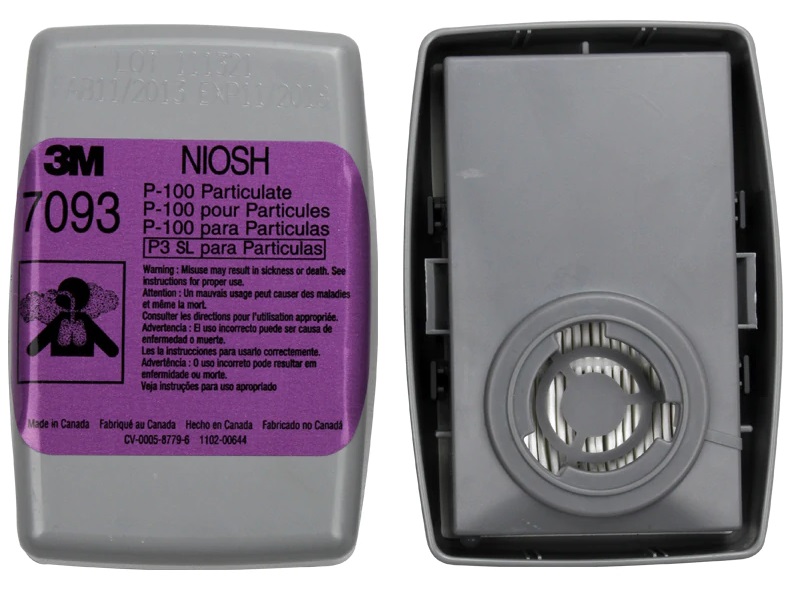 Um in das ganze noch etwas verworrener zu machen, gibt es noch die amerikanischen Schutzstandards die sich NIOSH nennen. NIOSH steht für National Institute for Occupational Safety and Health und ist die US-amerikanische Bundesbehörde für arbeitsmedizinische Forschung. Diese hat Atemschtz Standards ausgearbeitet und diese Bezeichnungen kommen einem gerne unter, wenn ihr etwas auf Englisch über Atemschutz bei Google sucht.
Um in das ganze noch etwas verworrener zu machen, gibt es noch die amerikanischen Schutzstandards die sich NIOSH nennen. NIOSH steht für National Institute for Occupational Safety and Health und ist die US-amerikanische Bundesbehörde für arbeitsmedizinische Forschung. Diese hat Atemschtz Standards ausgearbeitet und diese Bezeichnungen kommen einem gerne unter, wenn ihr etwas auf Englisch über Atemschutz bei Google sucht.
Wie schon vorher, eine schöne Tabelle:
| Schutzklasse | Minimale Filterleistung von Partikeln |
|---|---|
| N95, R95, P95 | 95% |
| N99, R99, P99 | 99% |
| N100, R100, P100 | 99.97% |
Sieht sehr ähnlich aus, wie unser europäisches Pendant, wobei die Filterleistung wesentlich höher ausfällt. Die Buchstaben „N, R und P“ stehen hierbei für: Not oil resistant, Oil Resistant und Oil Proof. Also ein Kennwert für den Widerstand gegen Ölpartikel in der Luft. Die R und P Filter werden eigentlich nur im Industriesektor wirklich gebraucht. Wer sich in der Stadt vor Viren und anderen Partikel schützen will, für den reicht ein Filter der Klasse N95 oder N99 auf jeden Fall. Wer auf Nummer sicher geht, der kann auch einen N100 Filter wählen.
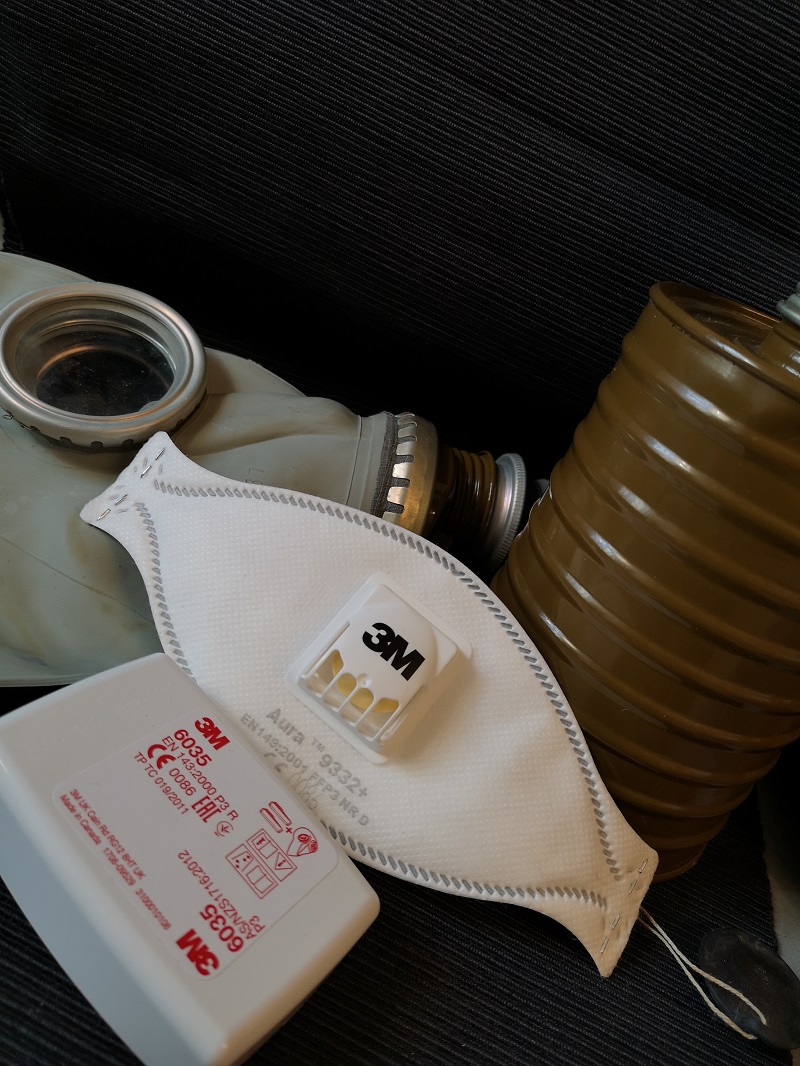 Wer sich vor Viren schützen und einer Ansteckung, zum Beispiel durch Corona COVID-19, entgehen will, sollte sich eine Filtermaske oder Halbmaske mit Partikelfiltern mindestens der Klasse FFP2, P2 oder N95 besorgen. Eine höhere Klasse ist nie verkehrt, da sie auch auch vor vielen anderen Partikeln, wie zum Beispiel Asbest, Bleistaub, schützt.
Wer sich vor Viren schützen und einer Ansteckung, zum Beispiel durch Corona COVID-19, entgehen will, sollte sich eine Filtermaske oder Halbmaske mit Partikelfiltern mindestens der Klasse FFP2, P2 oder N95 besorgen. Eine höhere Klasse ist nie verkehrt, da sie auch auch vor vielen anderen Partikeln, wie zum Beispiel Asbest, Bleistaub, schützt.
HIER gibt es wissenschaftliche Infos über COVID-19
Alle Infos zu COVID-19 auf der Seite von AGES
Wir haben für Euch die neue SPARTANAT Kategorie BASICS eingeführt. Mit dieser stellen wir Euch die Grundlagen vor, von denen ihr immer schon wissen wolltet, wie sie funktionieren.
SPARTANAT ist das Online-Magazin für Military News, Tactical Life, Gear & Reviews.
Schickt uns eure News: [email protected]
Werbung
Hol Dir den wöchentlichen SPARTANAT-Newsletter.
Dein Bonus: das gratis E-Book von SPARTANAT.


